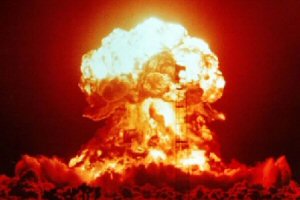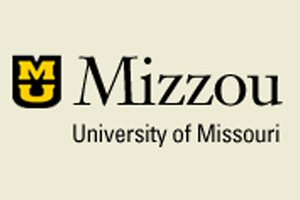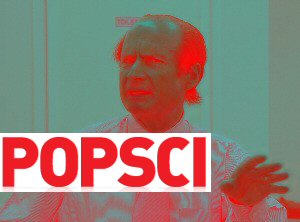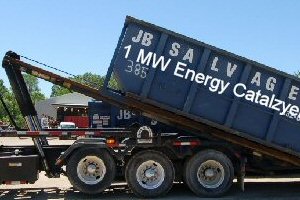
Nov. 12, 2012 – By Steven B. Krivit –
The largest inertial confinement fusion research project in the U.S., the optimistically named National Ignition Facility, in Livermore, Calif., failed to ignite by its September goal. Although the federal government has spent $3.5 billion since beginning the project in 1997, the facility did not produce one Watt of excess heat.
As a result of its failure to achieve its goal, NIF officials will shift more of the project’s focus from peaceful uses of nuclear energy research to nuclear weapons research. Continue reading »





